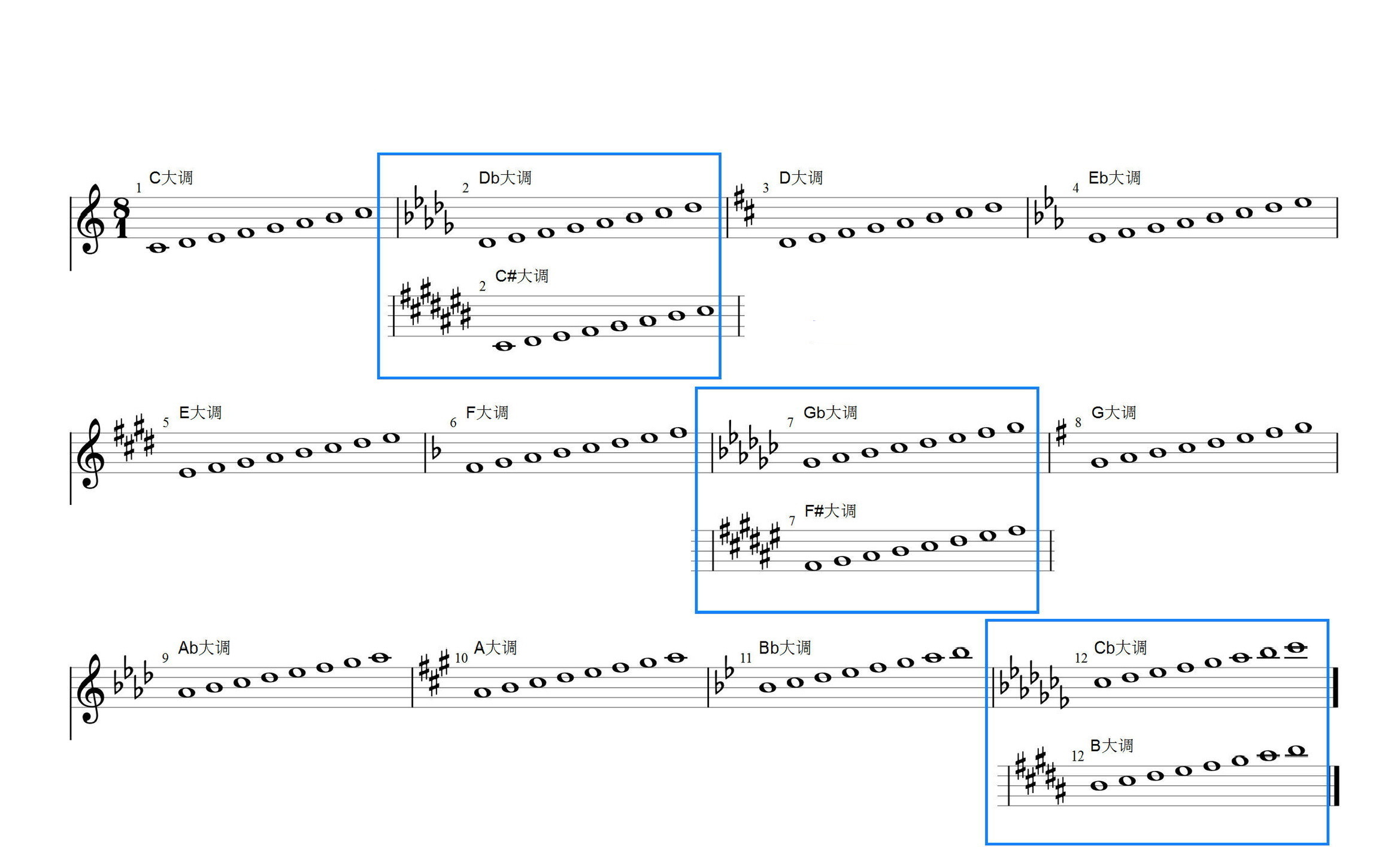
In the previous blogs, we mainly explained the basic skills of saxophone and its practice methods. We can certainly improve a lot if we follow the footsteps of Six Months Rebellion Music. At the beginning of this blog today, we will explain these doubts and exercise methods to you in detail. We hope that you can eliminate the doubts and continue to improve your performance after reading this blog.
Scale:
We mentioned in previous blog that scale is an exercise that we have to do every day, and it is also an exercise that can best exercise our fingers. At the same time, scale practice can also enable us to master the relationship between sounds, so that we can play music more skillfully.
In fact, there are many ways to practice scales. If we regard scale practice as a game, the game may be endless. How can we practice scales to help improve our performance?
Major scale exercise:
In the "Guide to Effective Practice of saxophone (II)", we once introduced the scale practice in C major. Since C major is a basic key, there is no change in the rising and falling signs of notes in this key. However, saxophone still has 14 other major scales to practice. What are they? How should we practice?
When we get a score or scale, what do we need to do in order to judge how it needs to be played? Yes, first observe its key. The tune is usually at the front of our notes, so you must carefully observe them before playing. Don't miss them or make mistakes.
Generally speaking, when we need to play a major scale, our brain will reflect which notes need to be raised or lowered. Therefore, we need to memorize every change of tune, and professional players must even memorize them. We can also choose whether to recite according to our own needs. (The following are the key numbers of the other 14 major keys of saxophone. You can learn and practice according to your own needs.)

In order to facilitate your practice, Six Months Rebellion Music also prepared corresponding scale music scores for you to practice.

Looking at the present, some students must feel that they can't remember too many scales, or that they have a feeling of brain confusion before they start blowing. In fact, there are certain skills in the practice and performance of scales. We should be good at finding the similarities or differences between them. For example: (as shown in the figure) Although the major that we mark with the blue box has different names, the notes we need to play when playing them are the same. Let's observe again whether those scales with more ascending and descending marks can be easily solved?

The scale of the interesting exercise:
When practicing scales, we can appropriately add some interesting exercises. Here we take the scale of E major as an example:

After we play from bass mi to midrange mi, we can try to play from midrange mi to bass mi again. Although we will not be skilled at the beginning of the practice, it can practice the coordination of our breath and fingers, and can also exercise our airflow control in each sound zone. Of course, we should not play some scales quickly just because they are relatively simple. We must follow the tempo of the metronome and practice from a slow start, because only from a slow start can we really help improve our performance. Generally speaking, we can start at a speed of 50-60 and speed up with the improvement of proficiency.
If you can play every scale skillfully, you can also do other interesting exercises to enhance your proficiency in notes. For example, we can add the technique of speaking when playing scales.
Let's take E major as an example to demonstrate music score:

When we play scales with the articulation technique, our tongue will be tired or the articulation will be unclear. Don't worry, because it still requires a practice process to play the articulation well. Or, you can refer to the blog we published earlier to learn and practice speaking.
Saxophone lesson : All Major Scales






